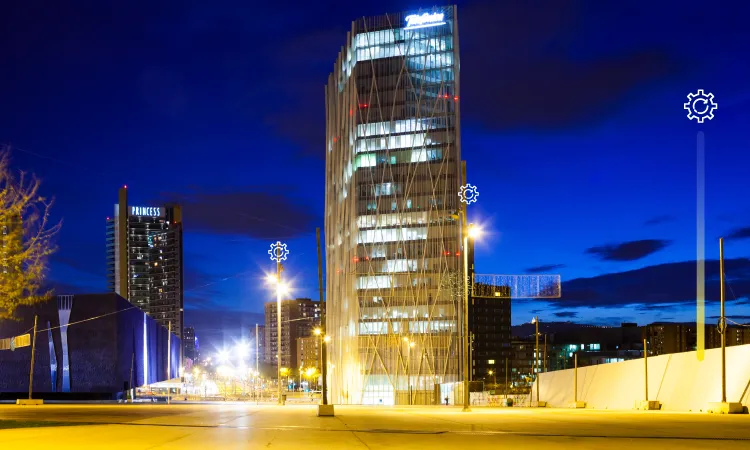The Road to Optimizing Street Lighting Illumination
The push for energy-efficient lighting in our streets has opened up a vital dialogue on sustainability and conservation. While the initial wave of switching to LED technology marks a significant leap forward, a nuanced challenge persists in the realm of urban lighting: excess illumination. This unchecked brightness not only contributes to energy waste but also impacts the ecological footprint of urban environments. In this article, we delve deeper into identifying and rectifying this issue, focusing on the second stage of energy-saving measures in street lighting.

